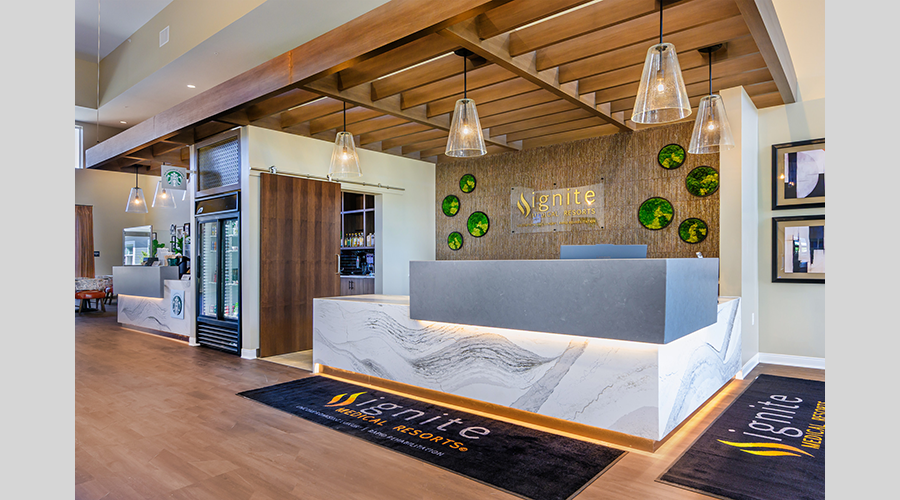A recent fatal fire at a Quebec long-term care facility has raised concerns across Canada about the safety of seniors’ residences, according to an article on the Times Online website. Local officials say they are as prepared as they can be.
“I think we are as well prepared to respond to an urgent situation, including a fire, at Rainycrest as any other long-term home is in the province of Ontario,” said Allan Katz, CEO and president of Riverside Health Care Facilities, Inc. “Do we invest a whole lot of time, effort, and energy into being proactive? Absolutely, and I think that’s the best thing.”
Rainycrest’s emergency management program includes three fire drills per month for all shifts, fire extinguisher training and testing, smoke alarm testing, regular maintenance audits on all electrical equipment, and monthly emergency planning meetings with the Fort Frances Fire & Rescue Service, the article said. The building is inspected annually by the fire & rescue service and generator testing is performed monthly. The fire alarm system is monitored 24 hours/day by an independent monitoring company.
While Rainycrest does have a separate chemical fire suppression system in the kitchen, it does not have a sprinkler system throughout the facility, according to the article.
The Ontario government announced last year that all private retirement homes must install sprinklers within five years. The deadline for publicly-funded nursing homes like Rainycrest is not until 2025.
This phased-in approach is meant to coincide with provincial plans to re-develop older homes to bring them up to modern standards. Built in 1983, Rainycrest is considered an older home, the article said.
“If a home like Rainycrest is slated to be rebuilt, investing in a sprinkler retrofit—estimated to be between $1 and $2 million—makes little sense, particularly in a tight economic climate. We understand that the province is behind schedule to rebuild homes due to funding availability,” Katz said in the article.
“More provincial support would accelerate the pace of redevelopment and speed up the renewal process for Rainycrest that would include life-saving sprinklers and other contemporary building system upgrades,” he said.
Read the article.

 AI Usage for Healthcare Facilities
AI Usage for Healthcare Facilities Ground Broken on Pelican Valley Senior Living Modernization Project
Ground Broken on Pelican Valley Senior Living Modernization Project All-Electric UCI Health – Irvine Hospital Set to Open
All-Electric UCI Health – Irvine Hospital Set to Open The Rising Strategic Value of Owner's Reps in Healthcare
The Rising Strategic Value of Owner's Reps in Healthcare Lawrence Group Designs Pair of Ignite Medical Resorts in Missouri
Lawrence Group Designs Pair of Ignite Medical Resorts in Missouri